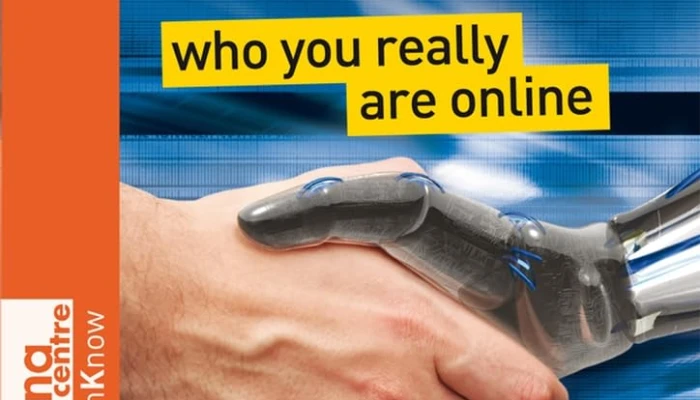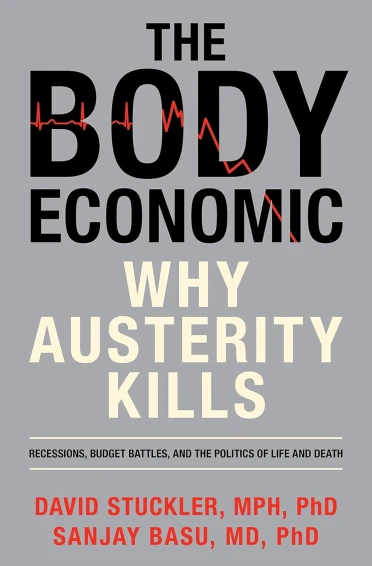
By Davey Winder
Publisher: John Wiley & Sons Ltd
ISBN: 9780470723623
RRP: £12.99
In 1989, David William Winder, a father of two and successful sports manager, contracted viral encephalitis. This disease left him wheelchair bound and unable to read or write. Following this he found himself alone. His wife and children were no longer around, his friends did not visit; it was just him in a flat, with a computer. He recalls, “One thing I know for sure is that the useless man who found himself trapped inside a useless body without the safety net of a fully functioning mind was not ‘ME’.”
“Thanks to the internet, it has never been so easy to become the person of your wildest dreams.” Through the help of his father, Davey Winder learned to read and write again, and in search of people to communicate with, people who would not judge him by the wheelchair, he began spending most of his time on the internet. This man is our personal guide to the virtual world of the internet in Being Virtual: who you really are online, a book from the Dana Centre TechKnow series.
This book is about the author’s voyage of discovery on the internet, and some of the many people he met along the way. We hear about people such as Buddy, who is severely disabled by cerebral palsy. The virtual world has allowed Buddy to override patronising stereotypes and to make friends who have agreed to take care of him if anything happens to his mother. We also hear about people, such as Ronnie, who have fallen in love online, or Jeff who runs a virtual business selling virtual clothes and makes enough money to pay his real world bills. The book is easy to read and entertaining. It acts as an introduction and history of the virtual, with explanations about avatars and all the different websites that are mentioned.
The author holds your attention with many fascinating stories and provocative chapter titles such as “Rape of an Avatar”. The book will give you an insight into the many uses of the internet, and the people who inhabit the virtual world. There is also discussion of cybersex and in a world designed so that you can recreate yourself when are you playing the game, and when are you lying?
The book is full of examples of people that the author has met online. For example, Simon is a 33-year-old businessman from Coventry who was born with cerebral palsy. In 2006 Simon was introduced to the virtual world of Second Life and became hooked. Simon choose for his avatar (the online character) to have a wheelchair because he says “I have always been disabled and do not know how not to be.” Simon went on to run a successful virtual Night Club called Wheelies and even appeared on Virtual Big Brother. His club has even been featured in Newsweek magazine, on CNN and the BBC.
The author presents the people in this book in a sympathetic way when compared to ‘freak show’ style of reporting that the media often engages in. This will give you a better understanding of the people involved and some of their experiences and motivations. All of the accounts in this book are about those who have trouble getting on in the real world, either due to physical disability, social rejection or isolation. This tends to cast the virtual world in a very positive light, since each of the characters that we hear about is given a second chance, or their only chance, for social interaction through the internet. The author spends very little time discussing the uses of the internet by the wider population, or about more casual users. Overall, the book has too many stories. The stories help to demonstrate that the virtual world is not just something for wasting time, but that helps a lot of people who would otherwise be very lonely, but they do not help you to get a grasp of the bigger picture, and sometimes even obscure it.
There is much in this book to provoke thought, but those looking for answers, theories and lots of statistics will be disappointed, but with the vastness of the virtual world – still in its infancy – any grand conclusions or recommendations would seem hollow and premature. This book will give you an introduction, and head start, in an increasingly important conversation about who we are when we go online, and how we balance the good of the internet with the bad.










